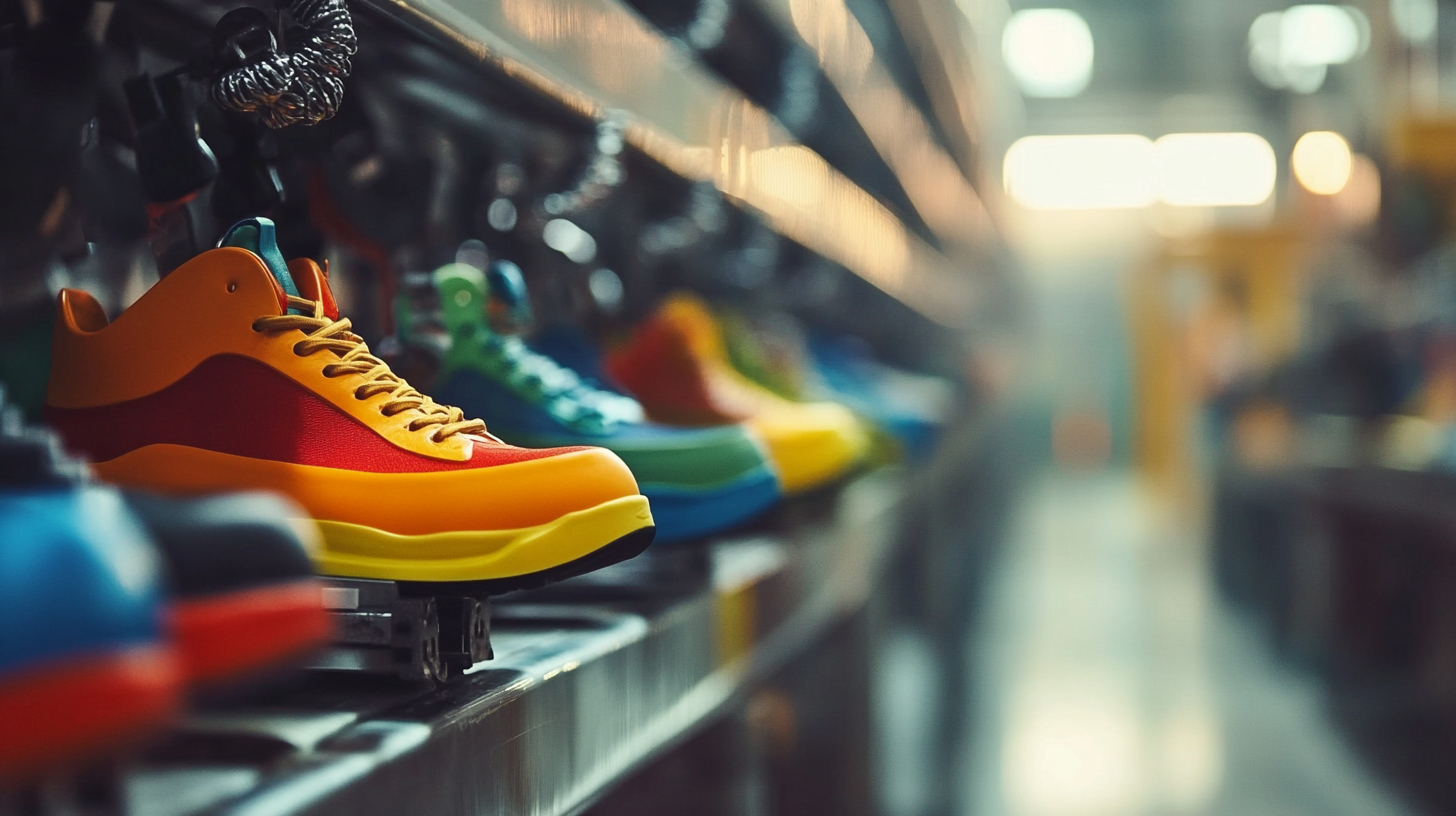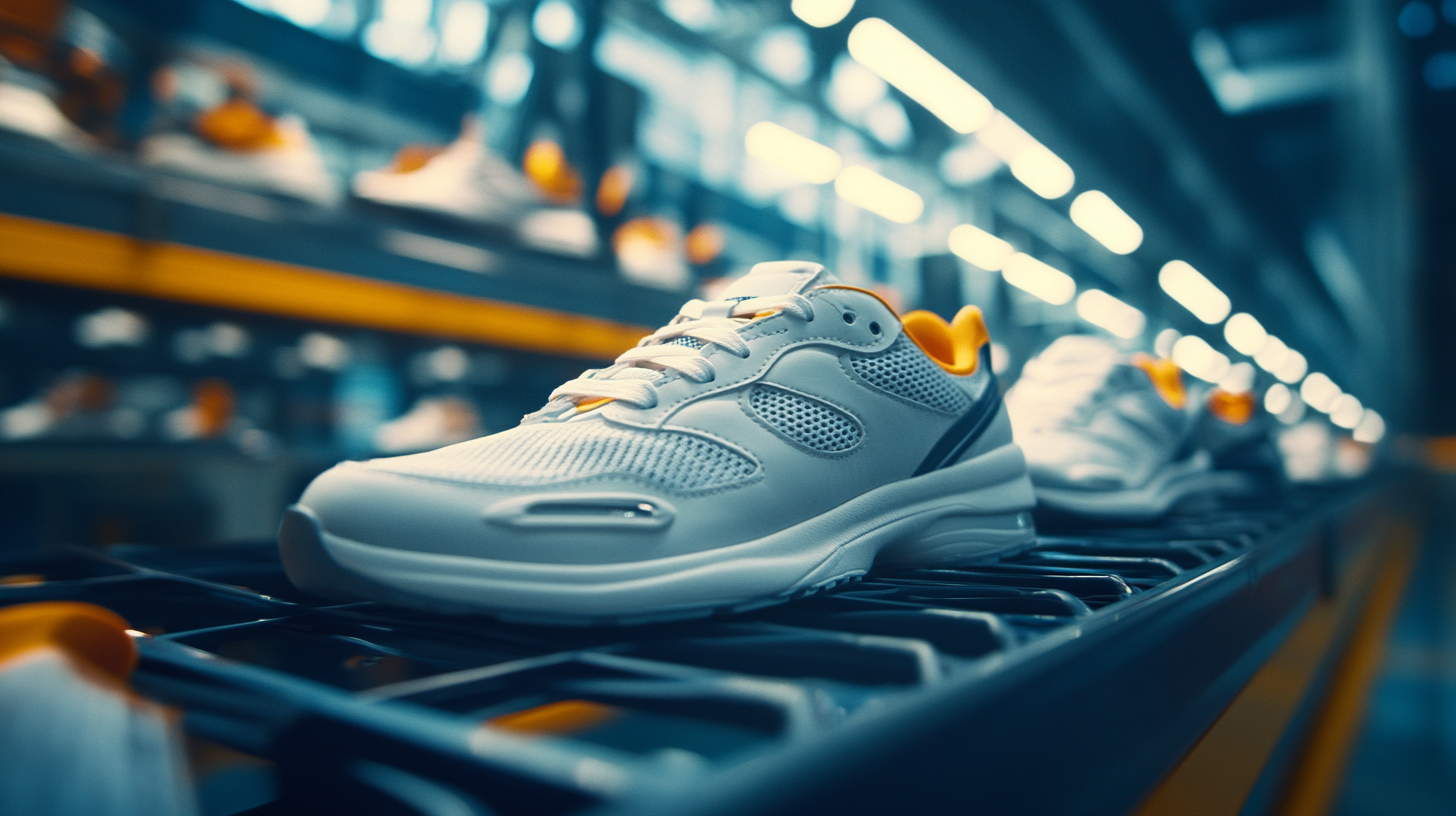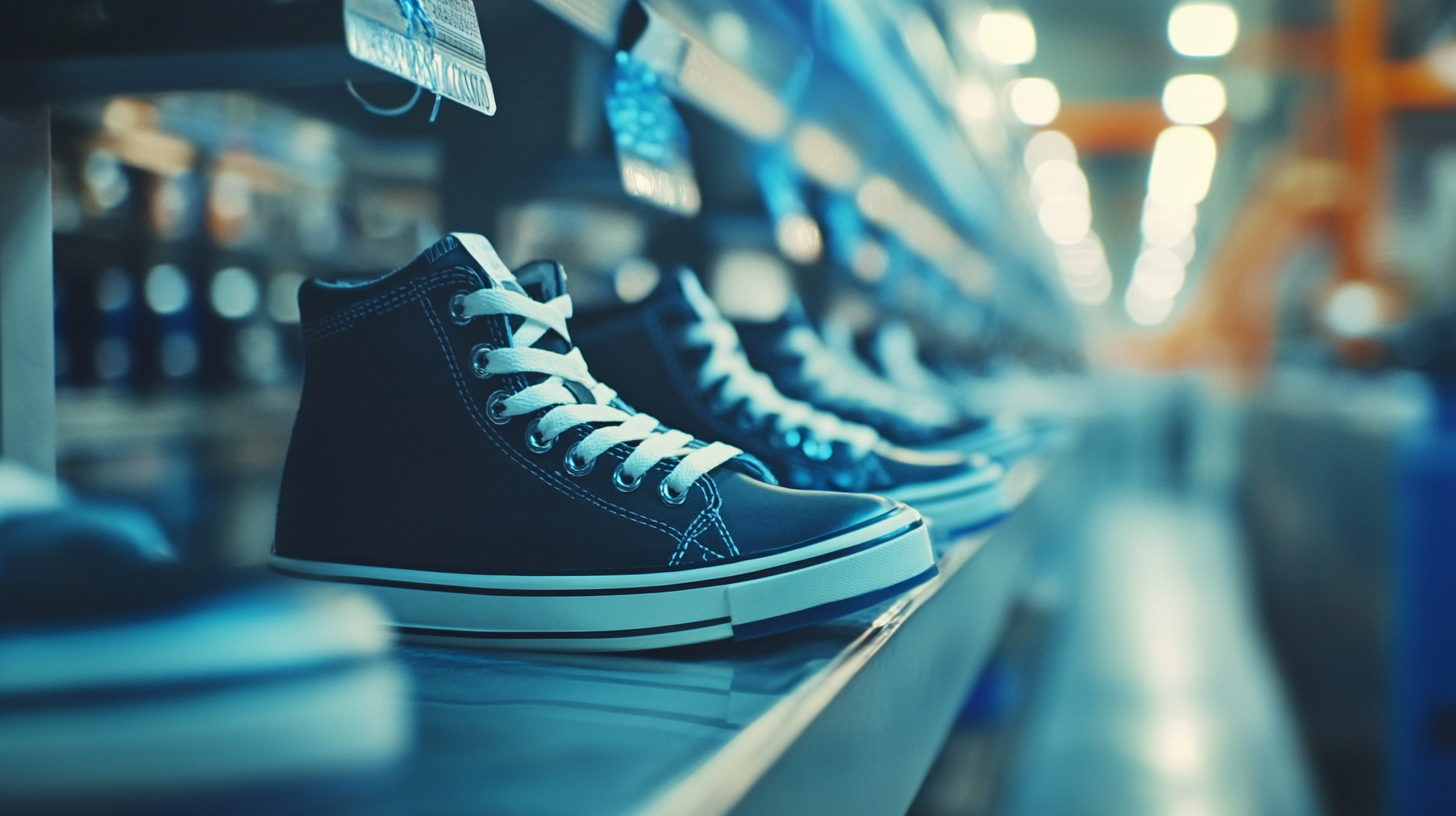
In today's rapidly evolving global marketplace, the role of a sneaker manufacturer extends far beyond traditional production capabilities. As a pivotal player in the worldwide supply chain, these manufacturers are not only producing high-quality footwear but also innovating processes, enhancing efficiency, and improving sustainability practices. The sneaker industry is witnessing a remarkable transformation driven by technological advancements and consumer demand for both performance and style. This blog aims to explore how leading sneaker manufacturers are adapting to this dynamic environment, implementing best practices, and setting benchmarks for excellence. By examining their strategies and the impact of global collaboration, we highlight the critical role these manufacturers play in shaping supply chain success on a global scale, thus driving not just their own growth, but also inspiring the future of the entire industry.

The evolution of sneaker manufacturing has seen a significant shift from traditional craftsmanship to advanced automation. This transition reflects broader trends in manufacturing, where technological innovations have either enhanced the skill set of workers or led to deskilling. In exploring this dichotomy, one can observe that some brands are finding ways to blend both worlds, maintaining artisanal techniques while also embracing automation for efficiency and precision. The recent unveiling of limited-edition models shows how some manufacturers honor their heritage through a combination of mechanical and manual methodologies, showcasing a dual commitment to innovation and craftsmanship.
In parallel, the broader manufacturing landscape grapples with the balance between automation and sustainability. Companies are increasingly aware of their environmental impact and are striving to integrate sustainable practices into their production processes. This challenge is evident in various industries, from the automotive sector to sneaker manufacturing, where brands aim to preserve the essence of craftsmanship while modernizing their operations. As brands navigate this complex terrain, the successful integration of these elements may define the future of sneaker manufacturing, enabling supply chains to thrive in a rapidly changing global market.
| Manufacturing Phase | Technology Used | Benefits | Challenges |
|---|---|---|---|
| Design and Prototyping | CAD Software | Rapid development and customization | High initial costs |
| Material Sourcing | Sustainable materials technology | Reduced environmental impact | Availability and cost |
| Production | Automation, Robotics | Increased efficiency and consistency | Job displacement concerns |
| Quality Control | AI and Machine Learning | Improved defect detection | Data security issues |
| Distribution | Blockchain for tracking | Enhanced transparency | Integration with existing systems |
Sustainability in sneaker production has emerged as a crucial focus for manufacturers aiming to minimize their environmental impact. A recent report by the Global Footwear Alliance indicates that sustainable practices can reduce carbon emissions in sneaker production by up to 30%. This reduction is achieved through innovative materials and processes, such as using recycled plastics and bio-based substances, which are gaining traction in the industry. Companies like Adidas and Nike have set ambitious goals to increase the use of recycled materials, with Nike promising to use at least 50% recycled polyester in its products by 2025.
Incorporating renewable energy sources into manufacturing processes is another key trend driving sustainability. According to the Sustainable Apparel Coalition, 44% of footwear brands are investing in renewable energy solutions for their production facilities. This shift not only decreases their carbon footprint but also improves energy efficiency. Research shows that brands utilizing renewable energy can save up to 20% on production costs over time. As more companies adopt these best practices, the global sneaker industry is pivoting towards a more sustainable future, paving the way for a circular economy in footwear manufacturing.
The sneaker industry is at the forefront of global supply chain transformation, driven by innovative strategies from leading brands. As outlined in recent analyses, companies are increasingly focusing on adaptability and efficiency in response to rising global risks. According to the World Economic Forum’s 2025 Global Risks Report, effective supply chain management is no longer just a competitive advantage; it has become essential for survival. The integration of technology and streamlined logistics has enabled brands to mitigate delays, reduce product shortages, and manage rising costs, which are critical in today’s turbulent market.
Moreover, the shift in production landscapes, particularly the growing relevance of markets like Vietnam, highlights significant opportunities for brands looking to diversify their supply chains. Labor costs in Vietnam are approximately 40% lower than in traditional hubs, making it an attractive alternative for companies aiming to maintain profitability while navigating trade complexities. This strategic pivot not only addresses immediate supply chain concerns but also positions these brands for long-term sustainability and growth, illustrating the importance of innovation and strategic foresight in modern commerce.
The integration of technology in sneaker manufacturing is revolutionizing efficiency and sustainability in the industry. The rise of 3D printing has emerged as a game-changer, with the global 3D printed shoes market projected to grow from an estimated USD 1.64 billion in 2023 to significant heights by 2030, at a CAGR of 18.6%. Innovators, like Reebok in partnership with BASF, are leading the charge with their Liquid Speed shoe, which utilizes 3D drawing techniques to eliminate the need for traditional molds, effectively streamlining production processes and reducing waste.
Moreover, startups such as Hilos are making strides towards circular manufacturing processes that prioritize environmental impact. Their recent funding of $5 million aims to enhance sustainability through innovative designs, starting with versatile footwear like mules and clogs. The ECOFAP Project is another initiative focusing on recycling tanned leather waste for shoe soles, highlighting the shift towards responsible resource management in sneaker production.
**Tips:**
- Embrace 3D printing to minimize material waste and enhance design flexibility in sneaker manufacturing.
- Explore partnerships with technological firms to innovate and implement more sustainable practices in product designs.
- Consider the implementation of AI-driven analytics to predict trends and streamline production timelines, thereby boosting overall productivity.

In the fast-paced world of sneaker manufacturing, the ability to navigate challenges is crucial for maintaining resilience in global supply chains. The industry has faced numerous disruptions, from the pandemic's impact on labor availability to fluctuating material costs. Companies are increasingly leveraging technology to enhance supply chain visibility, enabling them to respond swiftly to changes and mitigate risks. Implementing advanced analytics and real-time tracking systems allows manufacturers to predict potential disruptions and strategize accordingly, ensuring a smoother production flow.
Moreover, fostering strong relationships with suppliers and logistics partners is essential for resilience. Building collaborative networks can lead to more flexible arrangements, allowing companies to adapt their strategies to dynamic market conditions. For instance, diversifying sourcing locations and investing in local manufacturing capabilities can reduce dependency on a single region, ultimately leading to a more robust supply chain. By prioritizing adaptability and communication, sneaker brands can thrive even amidst global uncertainties, positioning themselves for sustained success in a competitive market.

